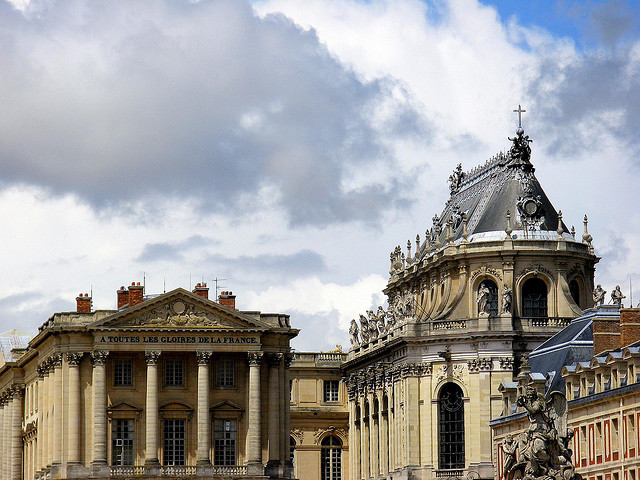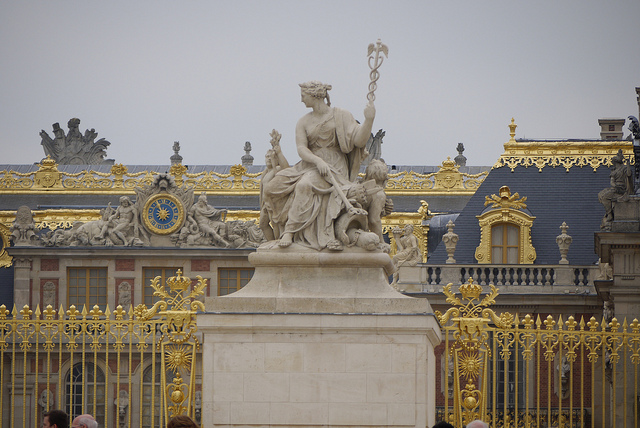Architecture Feature - Palace of Versailles


Those who have been there know that France exudes elegance in every aspect of it, and the Palace of Versailles truly represents France in every sense. The grandiose royal palace which is snuggled 20 kilometres southwest of the capital city of France – Paris is indeed one of the most ostentatious architectural innovations of all times.
Hence, we decided to explore the intricacies of the Palace of Versailles in our Architecture Feature series.

The Palace of Versailles, also known as Chateau de Versailles in French, was originally constructed as a hunting lodge in the year 1624. However, the construction of the four major buildings began only from the year 1664 onwards. Prior to the French Revolution which began in the year 1789, the Palace of Versailles remained the dwelling seat of the political power of France for well over 100 years.

Palace of Versailles is an excellent example of the Baroque style of architecture, which also developed in the 17th century. As is evident in the structure of Chateau de Versailles, this style of architecture is characterized by multifaceted designs and extravagant embellishments. The palace boasts of majestic walls and ceilings, mesmerizingly beautiful portraits and boldly ornamented sculptures in varying layouts and shades.

Spread over a colossal floor area of about 67, 000 square metres, there are several sections within the palace area, some of which include:
The Palace of Versailles has witnessed constant evolution and several modifications ever since its initiation in the 17th century. The Palace of Versailles is also one of France’s most expensive monuments, with billions of dollars’ worth of money spent on its construction and restoration from time to time.
That said, a visit to the Palace of Versailles is one of the best places to experience French culture and its rich architecture for anyone visiting France.
To know about other architecture wonders around the world, visit PropTiger.com
